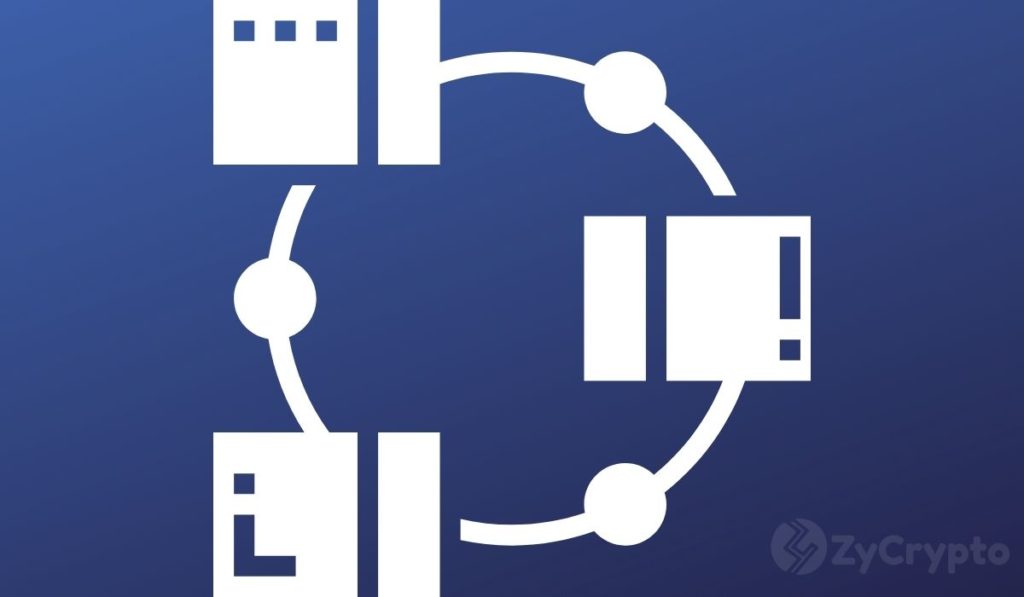2021-4-28 16:30 |
The European Investment Bank is planning to launch a “digital bond” sale on the Ethereum network. This sent the price of the cryptocurrency to a new all-time high of almost $2,720 and 0.04895 against BTC, which was last seen in August 2018.
The EIB plans to issue a two-year €100 million euro (roughly $121 million) digital bond, a sale that is to be led by Goldman Sachs, Banco Santander, and Societe Generale, according to analysts, reported Bloomberg citing unnamed sources.
Previously, Telefonica's German unit used blockchain technology to raise a 200 million-euro loan while another German-based real estate company called Vonovia issued its first-ever fully digital registered bonds totaling €20 million earlier this year.
Reports of EIB digital bond issuance have “triggered a bullish institutional use case for ethereum,” said Danny Kim, head of revenue at SFOX, a full-service crypto broker.
He further pointed to the decline in the supply of Ether which is working in its favor.
“The amount of ethereum sitting on exchanges continues to drop lower and has been the lowest in the past year,” Kim said. “With less supply on exchange available, there's less likely a chance of a major sell-off.”
Not only do the exchange ETH reserves continue to be reduced, but a growing number of over 4 million ETH are also currently locked in ETH 2.0 deposit contract, and another 11 million ETH is locked in DeFi.
Additionally, while Grayscale Ethereum Trust (ETHE) has about 3.17 million ETH stored, the four Ethereum ETFs are also accumulating more and more of this digital asset. With the London hard fork coming in July and implementing EIP 1559, the supply crisis would only intensify by burning the ETH received in gas fees.
The digital asset market also got a boost from the reports of JPMorgan Chase planning to offer an actively managed bitcoin fund while Goldman Sachs has already joined in.
The post European Investment Bank Plans to Issue a 2-Year 0 Million Digital Bond on Ethereum Blockchain first appeared on BitcoinExchangeGuide. origin »Ethereum (ETH) на Currencies.ru
|
|









